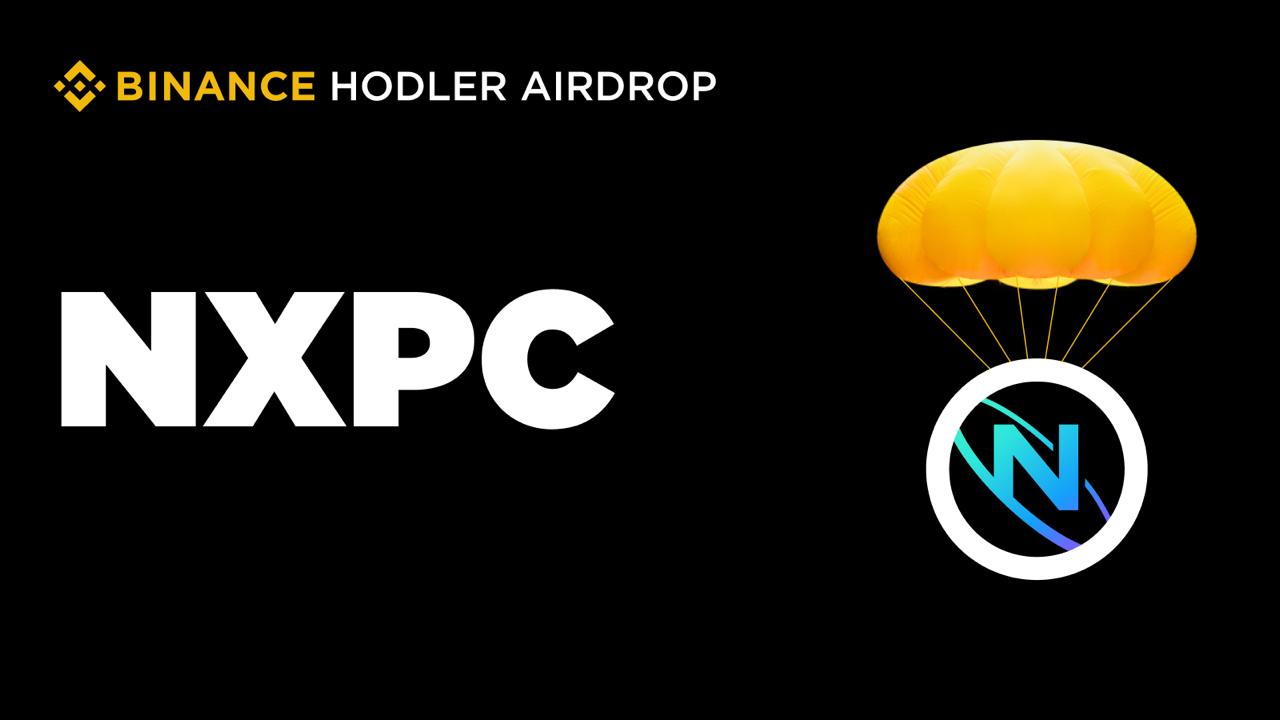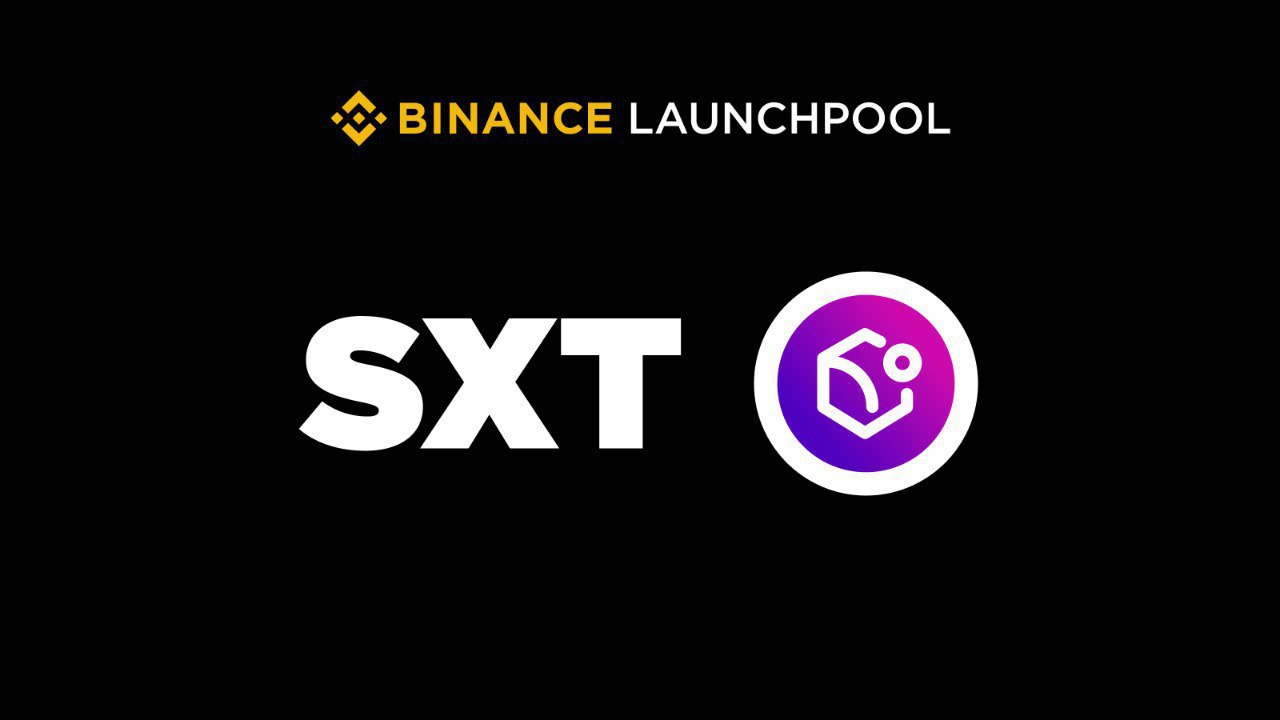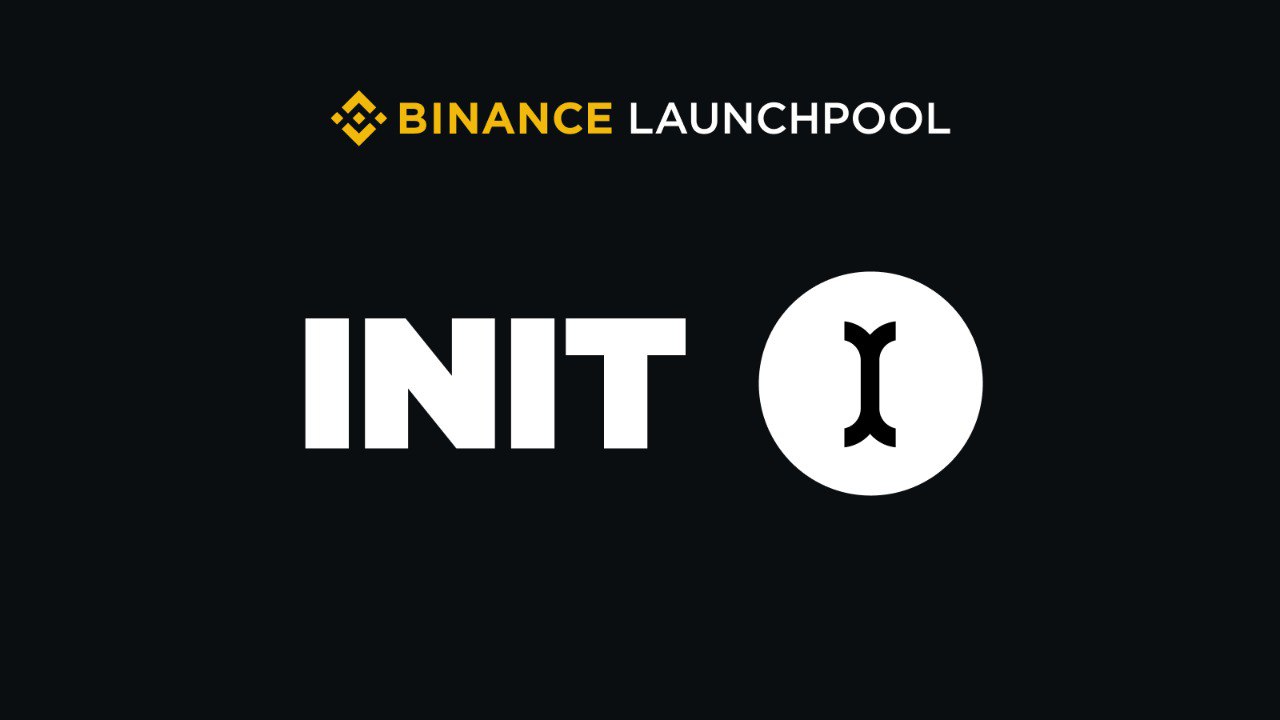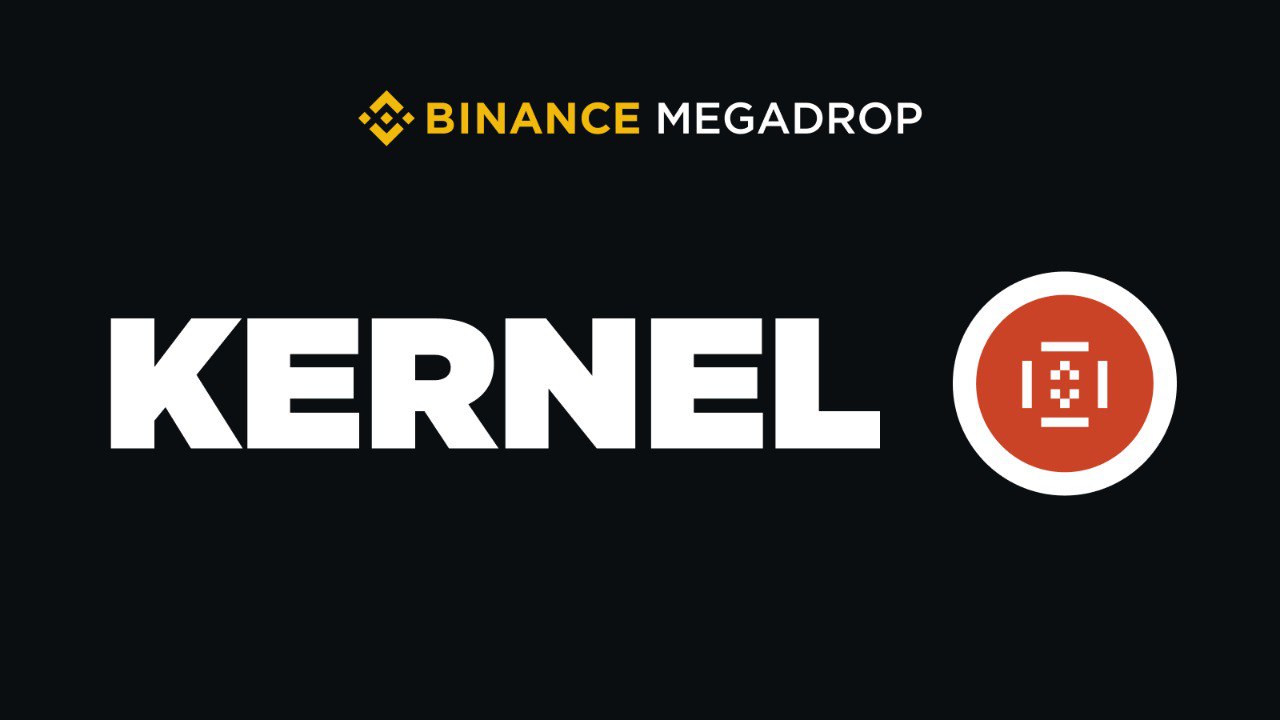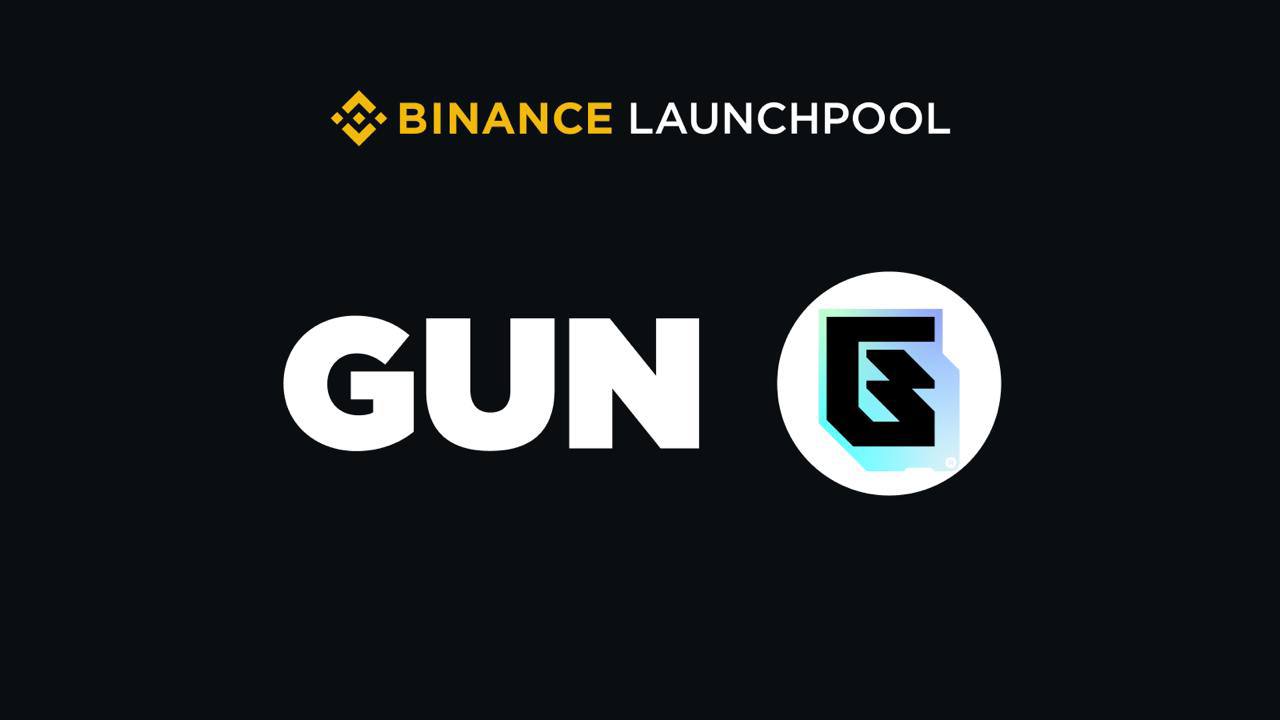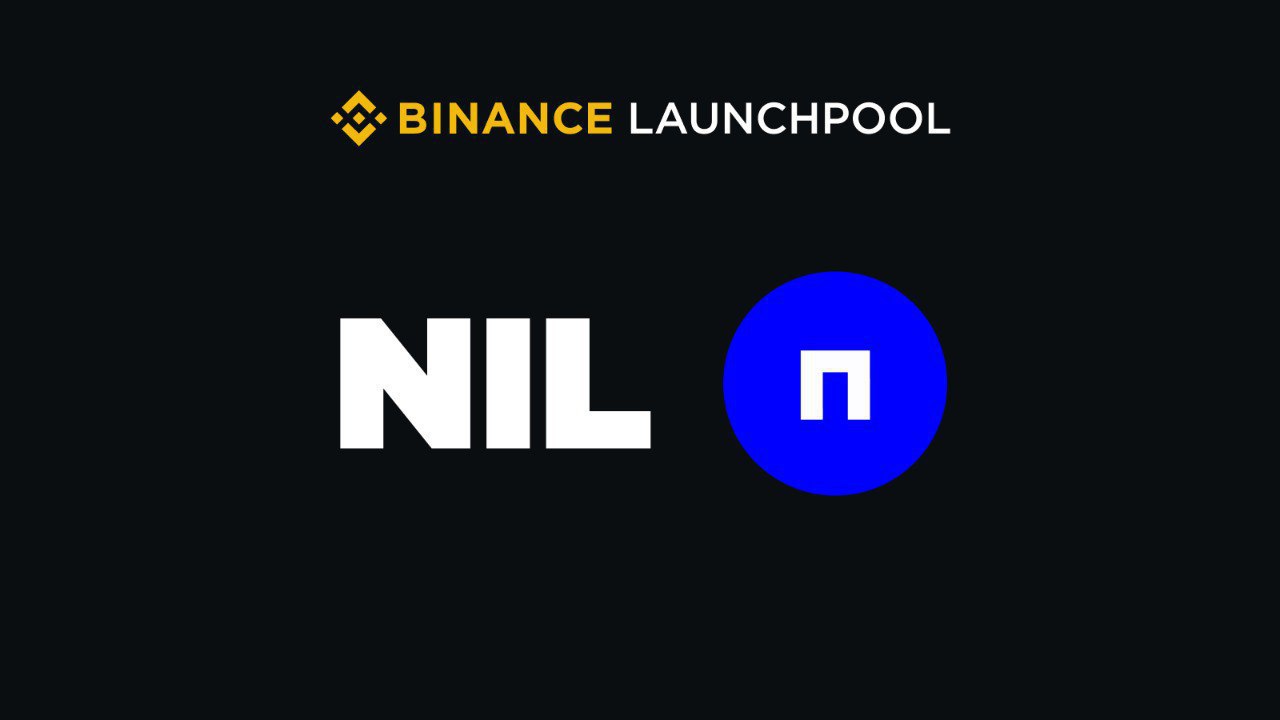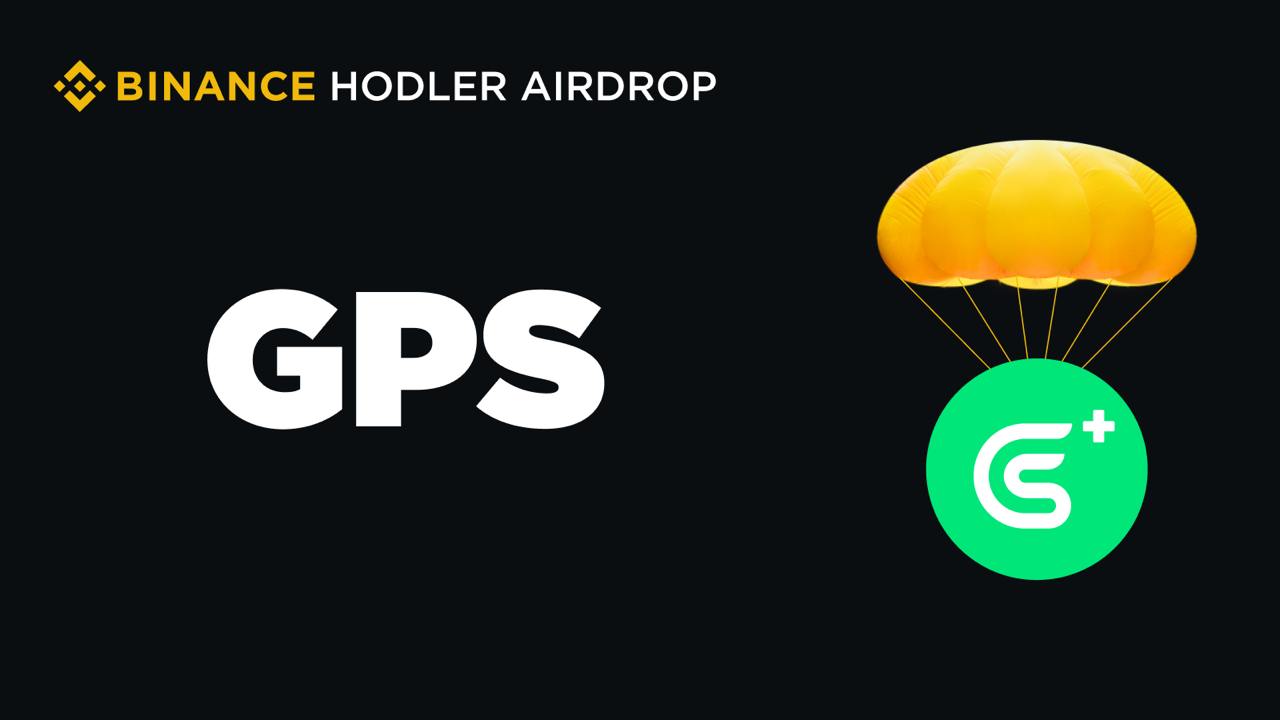Historical Price
What is bZx Network?
bZx is a decentralized protocol on Ethereum for lending and trading with margin and leverage. The protocol and its native dapps are trustless and permissionless and impose no fees aside from the collection of 10% of earned interest for maintenance of an insurance fund for lenders. As of March 2020, bZx supports ETH, Dai, USDC, KNC, LINK, REP, WBTC, and ZRX. Liquidation penalties are limited to 200% of the gas paid to submit the liquidating transaction. The protocol’s native governance token, BZRX, is currently locked from any use except payment of fees on bZx relayers. The community will decide on future uses; proposals include using BZRX as a tokenized claim on the bZx insurance fund.
bZx’s Products
Fulcrum – Defi Margin Lending & Trading Platform
Fulcrum Margin Trading:
Basically, margin trading on centralized and decentralized markets all work the same way. When trading with leverage (3x or 5x), a trader borrows crypto assets to increase the amount of assets they are trading. By doing so, they magnify the gains or losses of their trade. The borrowed crypto assets are known as a margin loan. However, in the centralized margin market (ex Binance, OKEX…), it is natural to manipulate the market, and that is one of the factors that liquidate your assets. If you remember MATIC’s plummeting event (more than 70%) (December 9), I am sure many traders’ accounts have been liquidated completely (hopefully you are not among them).
So, in Fulcrum margin trading, How are positions liquidated? Is there liquidity risk? The explanation from bZx is as follows: Positions are liquidated using KyberSwap. When a trader goes under margin maintenance (15%), they are only partially liquidated, bringing their current margin to 25%. Only liquidating as much as necessary reduces the risk of slippage from large liquidations. Anyone can initiate a margin call: the process is permissionless and incentivized. The incentive to liquidators is a refund of your gas * 2. There’s also no capital costs or risks like those experienced when liquidating positions on other protocols. This ensures redundancy in the margin calling process. Moreover, there is an insurance fund which protects lenders. In the case that a lender would lose their principal, the insurance fund will automatically disburse funds to the lender. This insurance is funded by a smart contract holding 10% of all interest that is paid by borrowers to lenders.
Thus, clearly in the decentralized margin trading market, there are much clearer and more transparent elements

Advantages of margin trading on Fulcrum
- No KYC: Fulcrum is a decentralized margin trading platform. There is no need for any verification, KYC or AML.
- Non-Custodial: Whether lending or trading, maintain control of your own keys and assets with our non-custodial solution.
- Everything is Tokenized: iTokens (margin loans) earn holders interest on borrowed funds and pTokens (tokenized margin positions) allow your margin positions to be composable.
- Minimal Liquidation Penalties: Positions that become undercollateralized are only liquidated enough to bring margin maintenance from 15% to 25%.
- Perpetual Positions: Enjoy a frictionless trading experience with positions that automatically renew and zero rollover fees.
Traders – who may enter long or short positions with up to 4x leverage – receive pTokens (p = position), which fluctuate in value based on their trades’ performance. This token type are freely transferable ERC20s. You can then sell those pTokens on the open market, use them as collateral in secured loans, or redeem them for the underlying asset. Read more about pToken here.

pTokens Smart Contracts
Check trading margin in Fulcrum here: https://fulcrum.trade
Fulcrum Lending – Flexible, high-yield returns – no minimum deposit, no lock-up period, withdraw anytime.
Lending crypto assets on Fulcrum
Lenders receive iTokens (such as iDAI, iUSDC, iETH …), which immediately begin earning continuously-compounding interest (rates adjust algorithmically based on supply and demand). This token type are freely transferable ERC20s. iTokens can be traded, used as collateral, composed by developers into structured products, or sent to cold storage for safety. Read more about iToken here.

iTokens Smart Contracts
More details about Fulcrum Lending at the following link: https://fulcrum.trade/lending
Torque – Indefinite-term Loans with Fixed Interest Rates
While Fulcrum is limited in borrowing money to trade, Torque allows users to borrow money in the desired amount depending on the collateral. While other popular DeFi lending protocols like Compound use a variable rate of interest, Torque provides borrowers with a fixed rate so that loans can be more predictable.
 https://medium.com/bzxnetwork/introducing-torque-borrowing-made-simple-8eb494925d16
https://medium.com/bzxnetwork/introducing-torque-borrowing-made-simple-8eb494925d16
Total Value Locked (USD) in bZx
Fulcrum Usage Statistics
Source: Duneanalytic
Competitors of bZx in Defi space
- dYdX: is a trading platform for crypto assets, built with open-source protocols, enabling decentralized margin trading.
- Margin DDEX: is an advanced decentralized margin exchange. Users can create leveraged margin positions and earn interest through decentralized lending pools.
- NUO: Nuo enables margin trading using smart contracts which are open source.
- Liquid Long: This is a tool that lets you turn your existing ETH into a leveraged ETH position against USD in a single transaction for a small fee.
Source: https://defiprime.com/margin-trading
bZx’s Hacks and Vulnerabilities
Source from Messari Research
Slippage attack
- An attacker used dYdX flash loan to borrow 10,000 ETH,
- 5,500 of which was deposited into Compound as collateral to borrow 112 WBTC.
- 1,300 ETH was sent to Fulcrum pToken to open a 5x short against ETH/BTC.
- 5,637 ETH was borrowed and swapped for 51 WBTC on the KyberSwap Uniswap reserve, driving up the price of WBTC up on Uniswap.
- The originally borrowed 112 WBTC was then sold with the inflated price in return for 6,871 ETH which was used in part to repay the flash loan. Total Profit: 1,193 ETH (~$300,000 at the time)
Oracle attack
- An attacker takes out a flash loan on bZx for 7,500 ETH
- 900 ETH are traded for $155,994 sUSD on Kyber
- 3,518 ETH converted to $943,837 sUSD on Synthetix
- Using the sUSD as collateral on bZx, more ETH is borrowed and used to slowly drain Kyber’s sUSD reserve driving the price up to $2
- The sUSD collateral is now worth twice as much allowing the attacker to draw 6,796 ETH and repay the flash loan Total Profit: 2,378 ETH (~$650,00)
More info:
https://medium.com/@peckshield/bzx-hack-full-disclosure-with-detailed-profit-analysis-e6b1fa9b18fc
bZx token governance
2018: It was initially proposed that the protocol token, BZRX, be used to govern the protocol and as a medium of exchange.
2019: Proposed the first example of a non-extractive value capture mechanism. Under this model, BZRX tokens could be redeemed for a proportional percentage of the insurance fund. As protocol activity generates a larger insurance fund, the tokens become more valuable.
2020: Proposed the bZxDAO, a trias politicas model for governance, with participation incentivized through staking rewards.

- Legislative: The Legislative will be a liquid democracy with three representatives in charge to approve upgrades to the protocol and set various parameters. The representatives are determined by the addresses with the highest number of votes. This process is continuous and at any point, token holders can change their vote which could remove a representative in favor of another. In order for a resolution to pass, representatives must signal their vote twice with each signal spaced out 16 hours to allow time for token holders to vote in new members if they feel their interests are not being accurately represented.
- Executive: The Executive consists of two members of the core developers who can submit proposals to elect new executives. They have no power to propose or pass proposals, but rather serve as a check on the Legislative by vetoing proposals deemed malicious. In addition, the Executive can unilaterally pause the protocol for 48 hours in the event of a security issue.
- Judicial: The Judicial is the smart contract code and the Ethereum Virtual Machine which ultimately govern how the other two branches operate.
The BZRX token
The BZRX token was originally sold in an ICO (raised around $2.2M USD) in September 2018. In the public sale 15% of the total token supply of 1,030,000,000 BZRX was distributed.
- Private sale token price: $0.016 USD.
- Initial circulating supply: 140M BZRX ($2.2M USD).
- BZRX will unlock its token on July 13, 2020.
- Per recent blog post bZx will offer yield farming to its users in order to increasing the total value locked (TVL) in its protocol which is currently around $700K USD.
Final Thought
While the DeFi keyword is of great interest, bZx relaunched its protocol by focusing on staking rewards and unlocking BZRX tokens for platform users. BRZX will probably be listed on Uniswap immediately or some other exchange, helping create hype around the price.
Can bZx become a 2nd Compound? Since the hype of the Defi projects is quite large, especially when the bZx project has been launched for more than 2 years, will bZx be at the top of the DeFi rankings?
Ecosystem Links
BZRX token governance proposals
References
bZx Blog: https://bzx.network/blog
DefiPulse: https://defipulse.com/bzx
DefiPrime: https://defiprime.com/margin-trading
Messari Research: https://messari.io/asset/bzx-network/profile
Quanstamp Blog: https://quantstamp.com/blog/market-dynamics-of-the-1st-bzx-hack-part-1

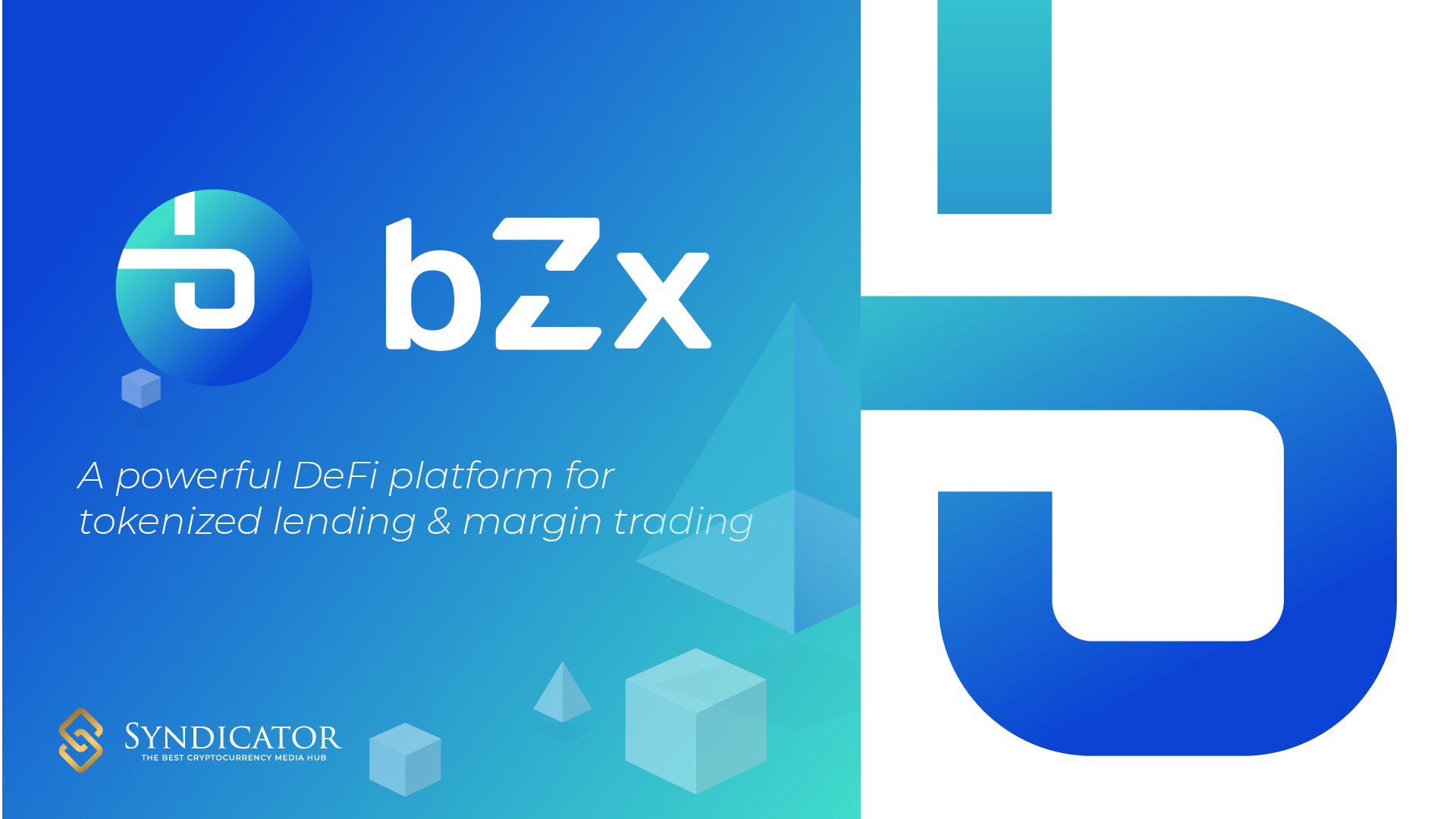

 https://defipulse.com/bzx
https://defipulse.com/bzx